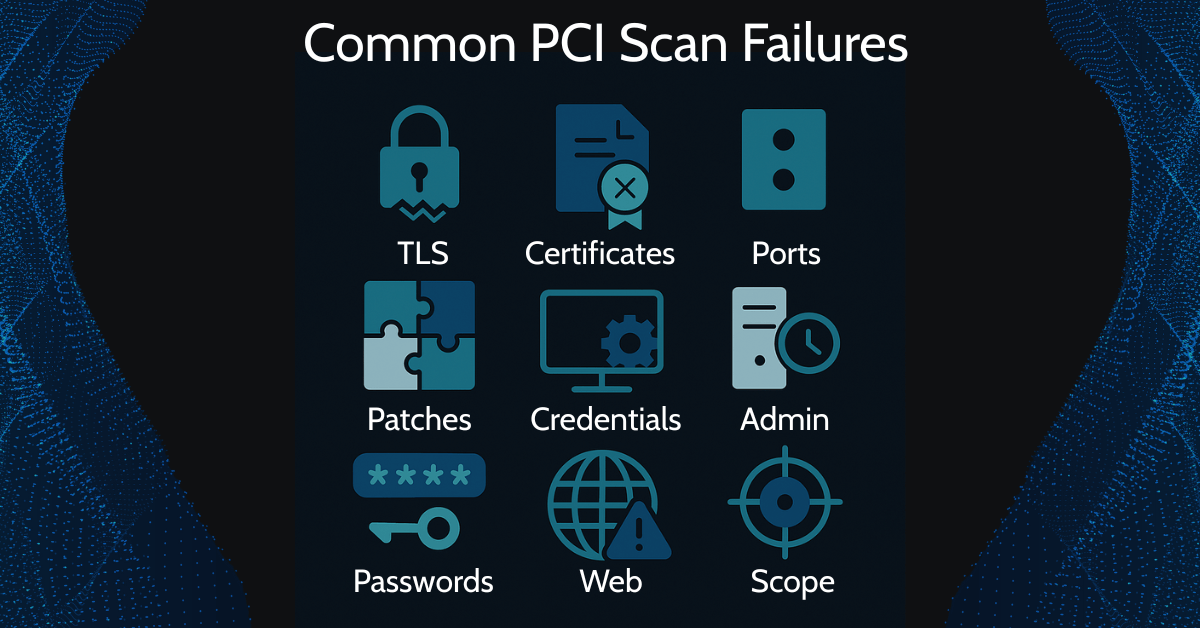Guarding the Digital Supply Chain: AI Attacks, SBOMs, and Third-Party Risk
The digital supply chain is no longer just a convenience. It’s a battleground. And as businesses become more reliant on interconnected vendors and software, attackers are finding easier, faster, and more automated ways to break in.
AI has tipped the scales. Threat actors are using it to automate reconnaissance, identify weaknesses, and develop exploits in record time. What used to take weeks of manual effort can now be accomplished in hours with a few lines of code and the right toolset.
At the same time, fraud has evolved into something much harder to detect. Deepfakes, synthetic identities, and AI-generated phishing emails are flooding inboxes, tricking even seasoned professionals. And it’s not just hitting companies directly. It’s hitting them through their vendors.
Supply Chain Attacks Are Moving Faster and Hitting Harder
Modern supply chains are built on speed, trust, and scale. But each of those elements introduces risk. A single vulnerability at one supplier can ripple out, impacting dozens or even hundreds of downstream partners.
Attackers know this. That’s why they target the most connected players in the ecosystem. They look for outdated software, weak access controls, and unmonitored interfaces. They move laterally through vendor systems, often without raising alarms until it’s too late.
Third-Party Risk Is More Than a Checkbox
Security questionnaires and compliance checklists have their place, but they don’t tell the full story. Many organizations don’t have continuous oversight of the vendors they rely on every day. They trust that initial risk assessments will hold up over time, but in reality, things change fast.
Contracts should include clear security expectations, but those expectations need to be backed by monitoring, access limitations, and real-world testing. Without that, vendor trust becomes a gamble.
SBOMs Offer the Transparency We’ve Been Missing
A Software Bill of Materials, or SBOM, gives a detailed inventory of all the components that make up a software application. This includes third-party libraries, open-source packages, and any dependencies that could introduce risk.
When a new vulnerability is disclosed, having an SBOM means your team can quickly assess whether your systems are affected. It takes the guesswork out of incident response and provides a foundation for secure development practices.
PCI DSS 4.0 is already pushing organizations toward this level of transparency, and the industry is beginning to catch on. More organizations are asking for SBOMs before signing contracts, and it’s likely to become a baseline expectation in the near future.
Using AI to Fight AI
The same technology being used by attackers is also strengthening defenses. AI is helping security teams detect anomalies in network traffic, identify suspicious behavior in real time, and reduce false positives in alerting systems.
When paired with threat intelligence and behavioral analytics, machine learning can flag early signs of compromise, especially in third-party traffic that may otherwise go unnoticed.
What Organizations Can Do Right Now
- Vet all vendors for real, measurable security controls before onboarding
- Require SBOMs and validate that secure development practices are being followed
- Implement continuous scanning of external and vendor-facing assets
- Limit vendor access using a zero trust model wherever possible
- Integrate AI-powered detection tools into monitoring and incident response strategies
The Bottom Line
AI is changing how attacks are planned, executed, and hidden. It is also changing how we defend. Supply chain security can no longer be an afterthought. It requires the same rigor, visibility, and adaptability as every other part of your cybersecurity program.
Your vendors are part of your attack surface. It’s time to treat them that way.







